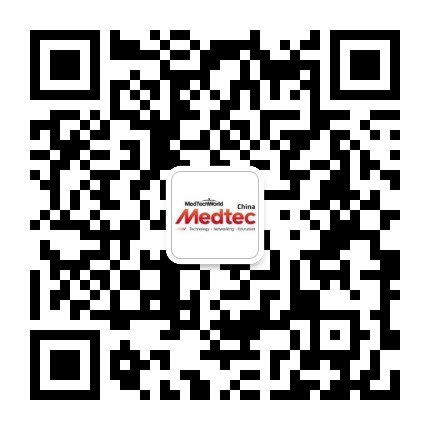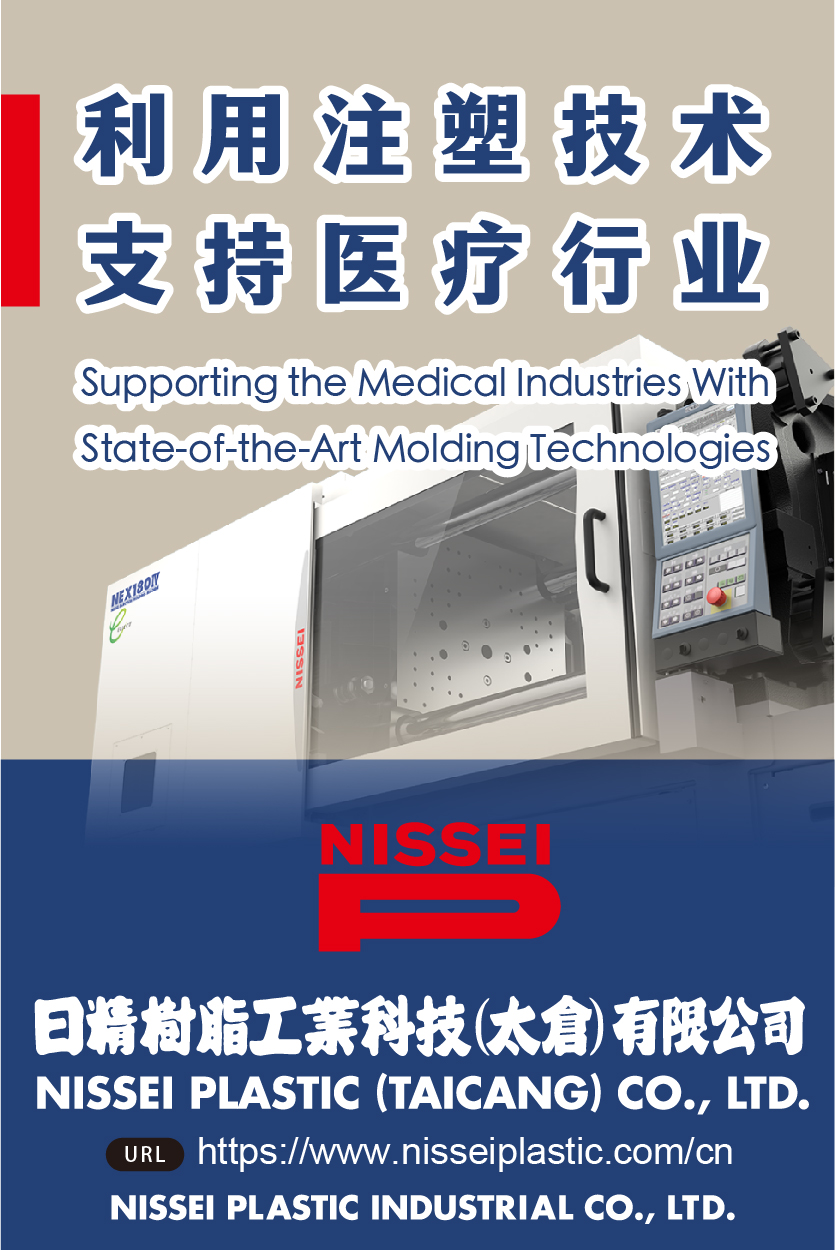The distribution network of China’s pharmaceuticals and medical devices has been characterized by numerous small scale and localized sub-distributors, which have led to a highly fragmented structure that makes room for higher prices and corruption.
The two invoices system aims to push less competitive sub-distributors out of the market and consolidate the supply chain, giving top-tier large-scale distributors more opportunities to grow. With only one layer of distribution in the value chain, the two invoices system should effectively reduce supply chain distortions, if implemented nationwide, and ultimately reduce the financial burden that many hospitals are facing in China.
While the newly launched two invoices system will have a profound impact on the Chinese healthcare sector in the next five years, GlobalData expects the reform to have some net gains for MNCs. First, a direct sales model will help drive more direct involvement in the bidding, cultivating a closer relationship with hospitals. Moreover, the new system forces rigorous assessment of the qualification and compliance status of the service provider, and only the most efficient distributors will survive following the consolidation. As a result, MNCs should find it easier to navigate the landscape and seek reliable channel partners in China’s healthcare sector.
Nevertheless, multiple challenges remain in adapting to the changes. At present, a number of MNC companies engage a third-party logistics service provider to act as the importer and distributor of the imported products due to the distribution license restriction in China. With the two invoices system, MNC companies are expected to bring more marketing and sales support into their own subsidiaries in China for better management of the supply chain, which can be costly. Furthermore, the differences between the ex-manufacturer price and hospital procurement price are currently much greater than the normal margins earned by a distributor.
The challenge to the manufacturer is how to determine its ex-factory price under the two invoices system. To fulfil the shifting regulatory requirements, MNCs will need a more nuanced understanding of the Chinese market, and to establish a well-coordinated approach to reorganize current channels and sustain the momentum.









